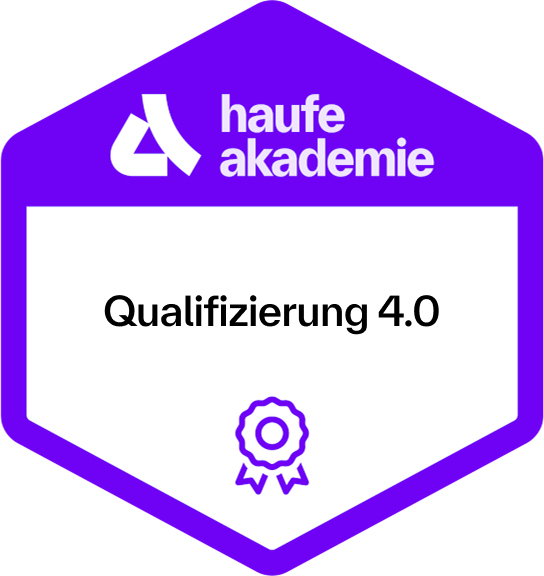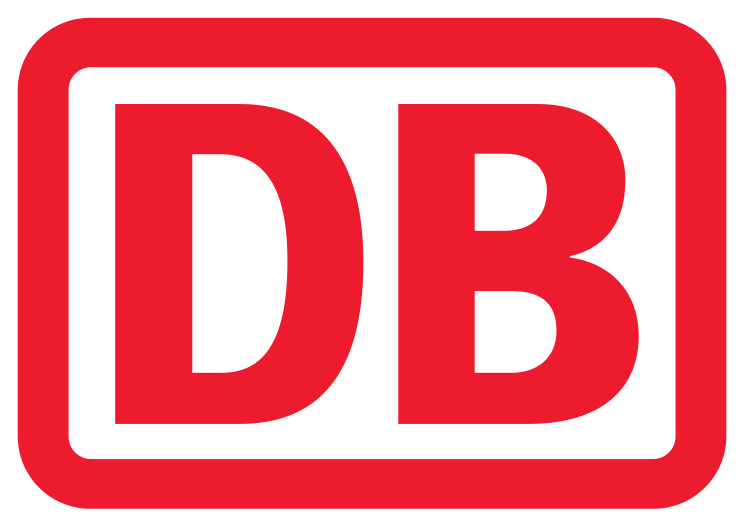Risk management compact
Managing risks - securing the future

Contents
Introduction and basic concepts of risk management
- The concept of risk in business administration.
- Risk management system and risk management process.
- Strategic and operational risk management.
- Risk culture and risk policy.
- Risk-bearing capacity.
- Risk monitoring and risk communication.
- Early warning indicators.
- Organization of risk management in the company.
- Maturity model.
Legal and regulatory requirements
- Regulations according to KonTraG including subsequent amendments (TransPuG, BilReG, BilMoG, CSR-RL-UG, FISG): German Stock Corporation Act, German Commercial Code, German Limited Liability Companies Act.
- DRS No. 5, Corporate Governance Code, IDW Audit Standard 340, Sarbanes Oxley Act.
- Special requirements for banks and insurance companies.
Concepts, norms and standards for risk management
- "Three Lines of Defense" model.
- COSO-ERM framework.
- ISO 31000 Risk management - Principles and guidelines.
- IDW Auditing Standard 981.
Design of a risk management process based on a case study
- Determination of risk-bearing capacity.
- Identifying risks: Suitable instruments and postulates.
- Determine risk relevance: Development of a suitable relevance scale.
- Assessing risks: risk map, statistical models and key figures.
- Aggregate risks: Gross total risk before control measures, Monte Carlo simulation (basics).
- Managing risks: avoiding, reducing, limiting, insuring/financing and bearing risks yourself.
- Aggregate risks: Net total risk after control measures.
Software solutions
Learning environment
In your online learning environment, you will find useful information, downloads and extra services for this training course once you have registered.
Your benefit
You will find out what measures are required in your company to better identify, analyze and manage risks in the future. In doing so, you will also fulfill an important prerequisite for a better rating if you require outside capital.
You will receive a comprehensive overview:
- which basic terms are relevant in risk management and how they can be distinguished from one another,
- which legal and regulatory requirements you have to fulfill in risk management,
- which concepts, norms and standards have been developed for risk management,
- which specific methods and instruments are suitable for identifying, assessing and summarizing risks,
- which tools such as risk maps or statistical models and key figures you can use in risk management,
- which control instruments are possible and suitable for avoiding, reducing, limiting and insuring/financing risks,
- how you can organize risk management in the company and integrate it into the overall organization,
- how you can design communication tools and manage the monitoring of risks and
- which development trends are emerging in risk management.
Methods
Lecture, examples and case studies, exercises, workshop character.
Recommended for
Risk managers, risk controllers, specialists and managers from controlling, the various risk-relevant corporate divisions and internal audit who would like to gain a compact overview of the approaches for effective and holistic risk management in a structured form.
Further recommendations for "Risk Management Compact"
Contents
Introduction and basic concepts of risk management
- The concept of risk in business administration.
- Risk management system and risk management process.
- Strategic and operational risk management.
- Risk culture and risk policy.
- Risk-bearing capacity.
- Risk monitoring and risk communication.
- Early warning indicators.
- Organization of risk management in the company.
- Maturity model.
Legal and regulatory requirements
- Regulations according to KonTraG including subsequent amendments (TransPuG, BilReG, BilMoG, CSR-RL-UG, FISG): German Stock Corporation Act, German Commercial Code, German Limited Liability Companies Act.
- DRS No. 5, Corporate Governance Code, IDW Audit Standard 340, Sarbanes Oxley Act.
- Special requirements for banks and insurance companies.
Concepts, norms and standards for risk management
- "Three Lines of Defense" model.
- COSO-ERM framework.
- ISO 31000 Risk management - Principles and guidelines.
- IDW Auditing Standard 981.
Design of a risk management process based on a case study
- Determination of risk-bearing capacity.
- Identifying risks: Suitable instruments and postulates.
- Determine risk relevance: Development of a suitable relevance scale.
- Assessing risks: risk map, statistical models and key figures.
- Aggregate risks: Gross total risk before control measures, Monte Carlo simulation (basics).
- Managing risks: avoiding, reducing, limiting, insuring/financing and bearing risks yourself.
- Aggregate risks: Net total risk after control measures.
Software solutions
Learning environment
In your online learning environment, you will find useful information, downloads and extra services for this training course once you have registered.
Your benefit
You will find out what measures are required in your company to better identify, analyze and manage risks in the future. In doing so, you will also fulfill an important prerequisite for a better rating if you require outside capital.
You will receive a comprehensive overview:
- which basic terms are relevant in risk management and how they can be distinguished from one another,
- which legal and regulatory requirements you have to fulfill in risk management,
- which concepts, norms and standards have been developed for risk management,
- which specific methods and instruments are suitable for identifying, assessing and summarizing risks,
- which tools such as risk maps or statistical models and key figures you can use in risk management,
- which control instruments are possible and suitable for avoiding, reducing, limiting and insuring/financing risks,
- how you can organize risk management in the company and integrate it into the overall organization,
- how you can design communication tools and manage the monitoring of risks and
- which development trends are emerging in risk management.
Methods
Lecture, examples and case studies, exercises, workshop character.
Recommended for
Risk managers, risk controllers, specialists and managers from controlling, the various risk-relevant corporate divisions and internal audit who would like to gain a compact overview of the approaches for effective and holistic risk management in a structured form.
Further recommendations for "Risk Management Compact"
7871
Start dates and details

Monday, 09.03.2026
09:30 am - 5:30 pm
Tuesday, 10.03.2026
09:00 am - 4:00 pm

Thursday, 23.04.2026
09:30 am - 5:30 pm
Friday, 24.04.2026
09:00 am - 4:00 pm
Thursday, 18.06.2026
09:30 am - 5:30 pm
Friday, 19.06.2026
09:00 am - 4:00 pm
- one joint lunch per full seminar day,
- Catering during breaks and
- extensive working documents.

Thursday, 01.10.2026
09:30 am - 5:30 pm
Friday, 02.10.2026
09:00 am - 4:00 pm
Thursday, 22.10.2026
09:30 am - 5:30 pm
Friday, 23.10.2026
09:00 am - 4:00 pm
- one joint lunch per full seminar day,
- Catering during breaks and
- extensive working documents.

Thursday, 10.12.2026
09:30 am - 5:30 pm
Friday, 11.12.2026
09:00 am - 4:00 pm
Thursday, 25.02.2027
09:30 am - 5:30 pm
Friday, 26.02.2027
09:00 am - 4:00 pm
- one joint lunch per full seminar day,
- Catering during breaks and
- extensive working documents.

Thursday, 18.03.2027
09:30 am - 5:30 pm
Friday, 19.03.2027
09:00 am - 4:00 pm
- one joint lunch per full seminar day,
- Catering during breaks and
- extensive working documents.
Learn how to set up, implement and operate a professional risk management system
In our "Risk management compact" training , you will learn all the important basics of risk management and find out what opportunities are associated with it. Our coaches teach the attendees how to set up professional risk management in their company, introduce it and then operate it efficiently. In this risk management training course, we also provide you with tools that you can use to identify corporate risks and deal with them appropriately. In this way, you will create an optimal starting position for your corporate security.
 4.5
4.5









